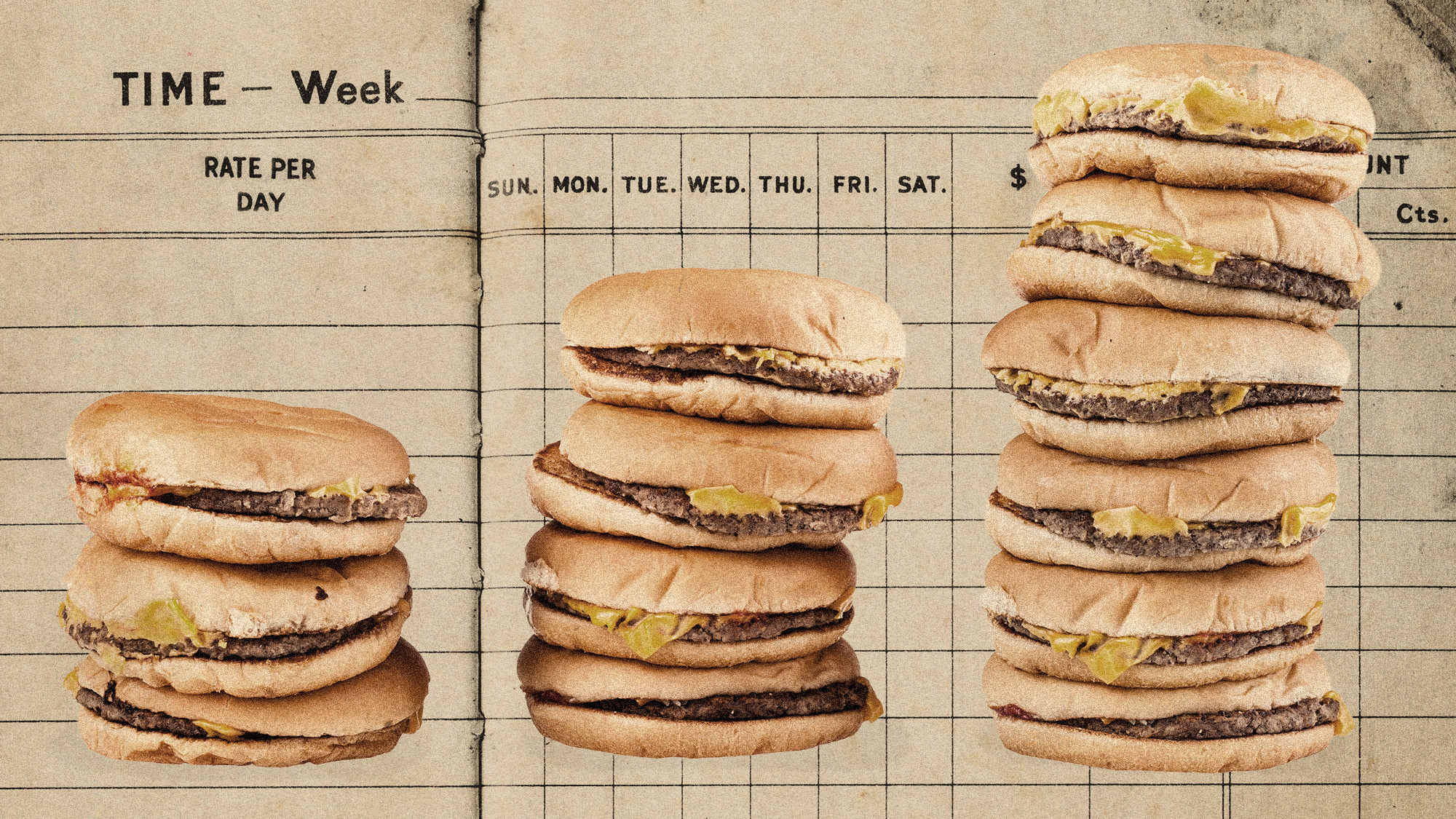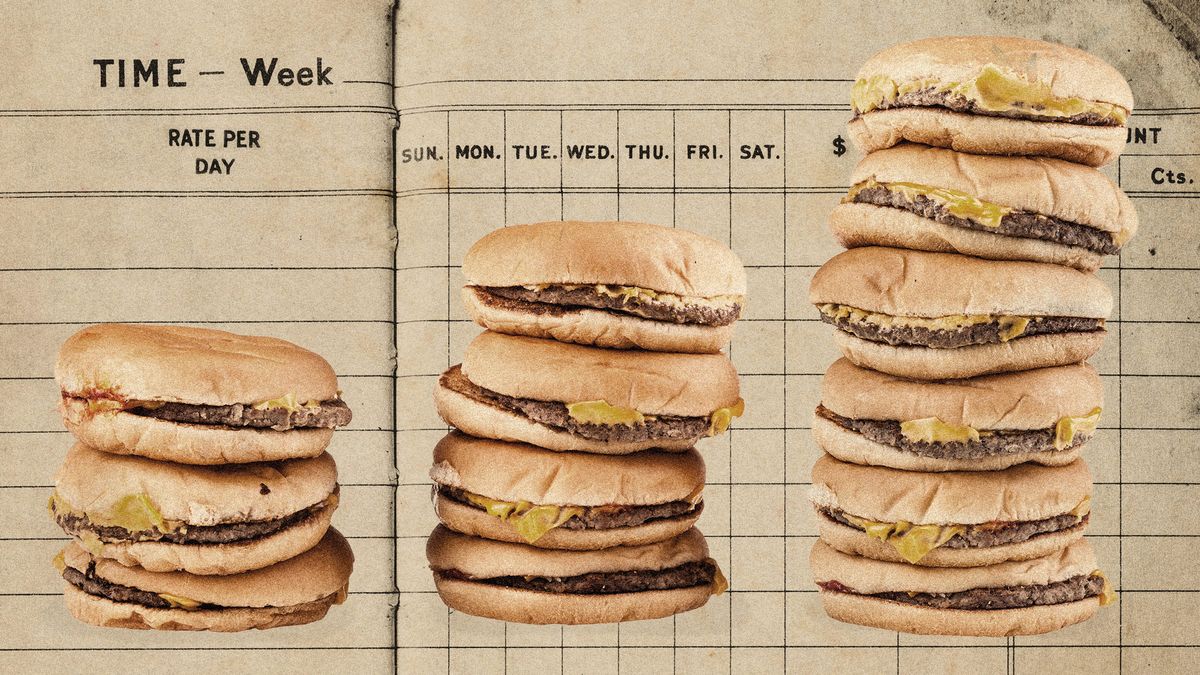
Customers at one of the United States’ largest fast food chains may soon find themselves in the middle of a new burger-based experiment. Starting in 2025, Wendy’s will begin testing out a system known as “dynamic pricing.”
The announcement was made in February by Wendy’s new CEO, Kirk Tanner, who said during an earnings call that dynamic pricing would be among several new features tested out by the restaurant chain next year. Dynamic pricing, sometimes called surge pricing, is the practice of pricing a product based on fluctuating demand — so many took Tanner’s words to mean that Wendy’s would raise its prices at peak times of the day. However, Wendy’s clarified that it has “no plans to do that and would not raise prices when our customers are visiting us most,” a spokesperson for the chain said in a press release. Instead of dynamic pricing causing a price increase during busy periods, it will be implemented in a way that will “allow us to change the menu offerings at different times of day and offer discounts and value offers to our customers” during slow periods, Wendy’s said.
This experiment with dynamic pricing, even if it is not being implemented in the conventional sense, has the potential to mark a major change for the fast food industry. Dynamic pricing is already common in other industries such as ride sharing and event ticketing, but hasn’t made its way into restaurants on a wide scale. What would this change mean for Wendy’s and the fast food landscape at large? And could other fast food chains implement a version of dynamic pricing that would make things more expensive?
Sign up for The Week’s Free Newsletters
From our morning news briefing to a weekly Good News Newsletter, get the best of The Week delivered directly to your inbox.
From our morning news briefing to a weekly Good News Newsletter, get the best of The Week delivered directly to your inbox.
How will Wendy’s implement dynamic pricing?
Wendy’s was quick to reassure customers that their dynamic pricing, contrary to how it is typically used, would not raise costs (the clarification came after significant backlash, even from the halls of Congress). Instead, the system will be implemented as a cost-lowering measure.
The main goal of Wendy’s dynamic pricing is to provide “value” during slower times of the day, a company spokesperson said to The Washington Post. Instead of overhauling its pricing system, Wendy’s will implement “AI-enabled menu changes and suggestive selling based on factors such as weather that we think will provide great value and an improved customer and crew experience,” the spokesperson said to the Post. This would allow Wendy’s to offer deals at off-times of the day to try and drive more traffic to their franchises.
While the dynamic pricing system will not make customer’s burgers more expensive, the type of technology that Wendy’s is trying to push has “made it possible for companies to optimize prices,” Timothy Webb, an assistant professor of hospitality at the University of Delaware, said to the Post. Still, this could “actually mean lower prices for Wendy’s patrons,” Rob Shumsky, a professor at the Tuck School of Business at Dartmouth, said to NPR.
How could dynamic pricing change fast food?
What Wendy’s is planning “isn’t really novel and may actually make some sense,” Business Insider said, although it is rare in the restaurant industry. Ride sharing companies like Uber and airlines are common practitioners, charging customers more money during busy travel periods, and “platforms such as Ticketmaster often use dynamic pricing models for concerts and sporting events,” Business Insider added.
While dynamic pricing isn’t regularly used in food service, it does already appear in some forms: “happy hour has existed forever, as has the early bird special,” Business Insider said.
Wendy’s prices may not increase in a conventional manner, but the dynamic implementation could prove to be a “turning point” in the fast food industry if it works, Jonathan Maze, the editor-in-chief of trade publication Restaurant Business, said to CNN. If the idea proves lucrative for Wendy’s, it “could get others to do something similar, and I wouldn’t be surprised to see another chain or two test the idea themselves.”
Wendy’s dynamic pricing also presents a risk to their customer base. For Wendy’s concept to work, they will have to emphasize that their dynamic pricing will “lower prices at off-peak times” instead of raising prices during busy times, Steven Suranovic, an associate professor of economics at George Washington University, said to CBS News. “It can hurt to be the first to initiate,” Suranovic said. “People have options — they can go to McDonald’s.”
To continue reading this article…
Create a free account
Continue reading this article and get limited website access each month.
Already have an account? Sign in
Subscribe to The Week
Get unlimited website access, exclusive newsletters plus much more.
Cancel or pause at any time.
Already a subscriber to The Week?
Unlimited website access is included with Digital and Print + Digital subscriptions.
Create an account with the same email registered to your subscription to unlock access.

